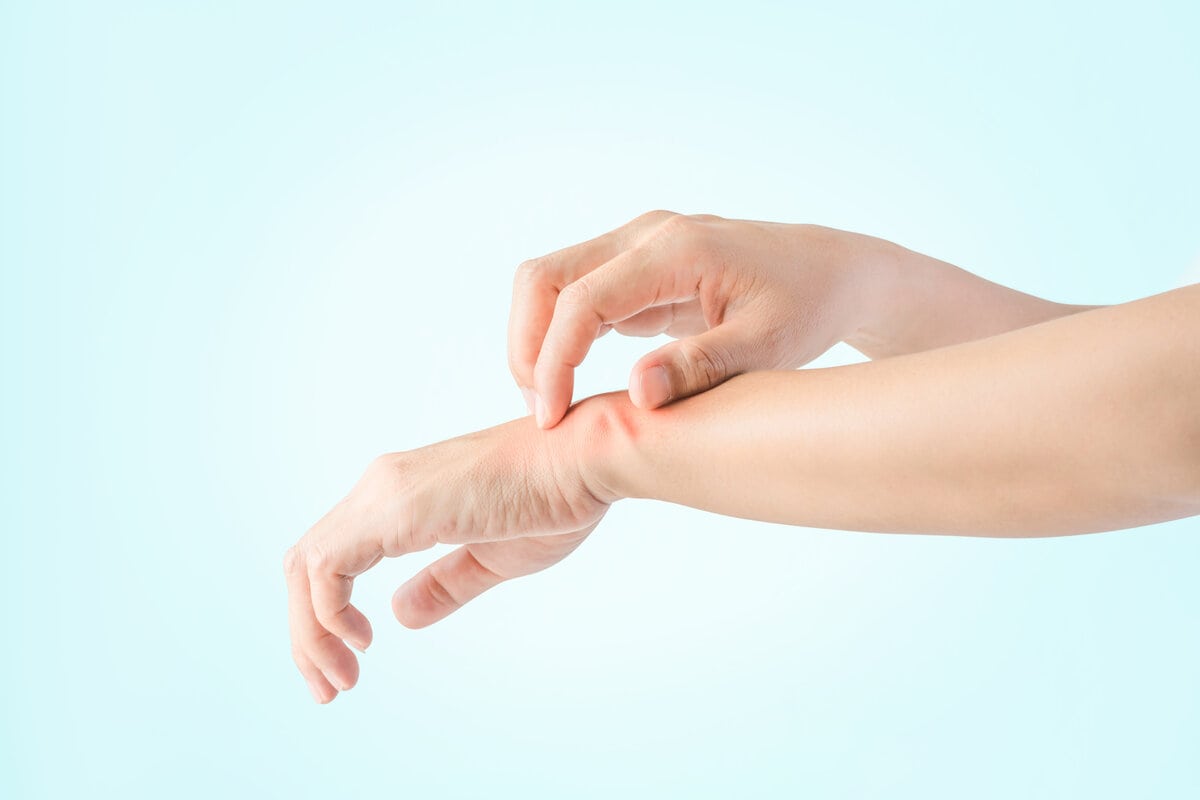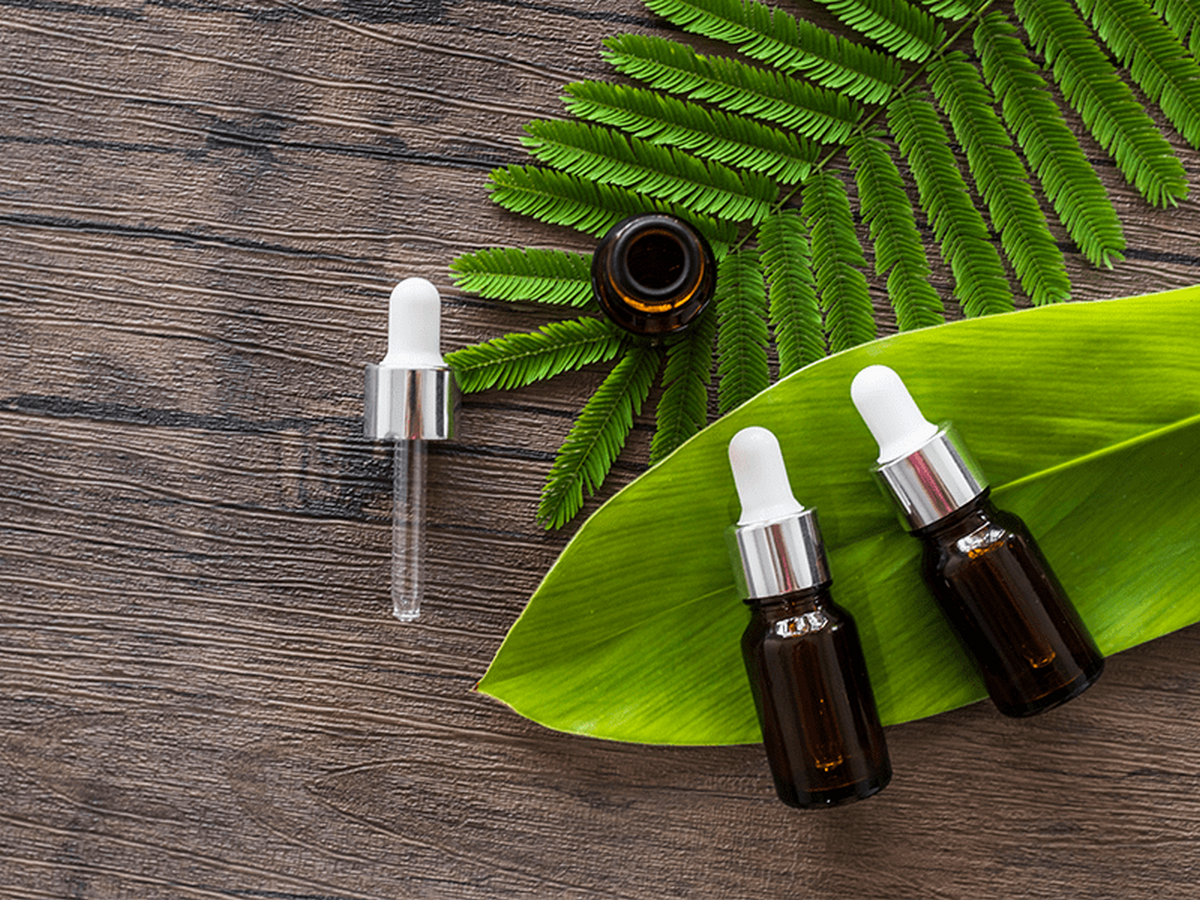Fungal skin infection: What are the symptoms and how is it treated?

Every square inch of our skin hosts millions of microorganisms – bacteria, fungi, mites, viruses – and some of them are able to harm our body if given the chance. But in reality, when the various families of microorganisms are in a controlled balance, they offer us a kind of protection. They produce various acids, an “acid protective mantle” that repel pathogens.
Table of Contents
Skin fungus and causes
For reasons that are not always understood but may be related to care products, sunlight, diet and the immune system, some germs can multiply on our skin and cause damage. This is often the case with fungi, which are fundamentally different from bacteria – in fungi the DNA is present in the cell nucleus as it is in human cells while in bacteria it floats in the cytoplasm.
A common cause of problems is candida, a yeast that is usually found in small amounts in the skin, mouth and vagina of women and in these amounts is harmless. But sometimes it grows uncontrollably, causing an infection called candidiasis. This common cause of fungal infections is favored by the presence of moisture on the skin and affects parts of the body with folds such as between the fingers, armpits, groin and buttocks. Other fungal infections of the skin include dermatophytes, which are caused by microorganisms called dermatophytes, and dandruff.
Some fungal infections can be spread through skin contact and the use of contaminated objects. Places where you can get fungus on your feet are hotel carpets, public showers, swimming pools and saunas. The fungi settle on wet feet at a temperature of 35 degrees Celsius and feed on the keratin of our skin. If you have fungus on your feet and wear your underwear without socks you can take them to the groin. You can also get stuck when doing manicures and pedicures and the tools are not sterile. If you get fungus on your feet, it can spread to your nails.
Fungal infection and symptoms
Of the 611,000 species of fungi estimated to exist to date, only 600 are capable of causing infections in humans [1]. The fungus is usually limited to the skin and is rarely responsible for any serious condition. Diagnosis is made by taking and culturing a sample. The picture of the symptoms varies depending on the type of fungus.
The main symptoms of fungal infections are spots or marks on the skin, which may have different color and shape, reddish circles, itching, odor and flaking of the skin. Bleaching and erosion of the area sometimes occur. In onychomycosis there is yellowing of the nails. Variegated dandruff is characterized by white or brown spots with dandruff peeling. A reddish ring often appears on ringworm or tinea. Athlete’s foot (tinea pedis), a type of lichen usually caused by the fungus Trichophyton Rubrum, develops a red scaly rash, itching, bad breath and a burning sensation.
Fungal infection and treatment
Fungal infections can occur almost anywhere on the body. The first line of treatment for small areas are creams, ointments or even sprays, which are meticulously applied for 2-3 weeks. An antifungal cream clears the infection and reduces the inflammation caused by the infection [3].
Antifungal shampoos are usually the first treatment if an infection occurs on the scalp but can also be used on the body. Usually their duration of use is five days.
If you are in an environment where you can get fungus then use greasy creams on your skin so that you have a barrier so that fungi can not penetrate your skin. Suitable for this purpose are greasy creams and ointments with urea – use a greasy product that contains 5-10% urea.
If you have cracks in your heels then you should also put a greasy cream. Before going to bed, use the cream and wrap your foot in a polyurethane film, which allows it to breathe. Wipe your toes well and wash your socks at 60 degrees Celsius or above.
While the treatment is mostly medicinal, a diet that restricts sugar and processed carbohydrates can help. Strengthen your immune system with foods that contain sufficient amounts of zinc, vitamin C, vitamin A and vitamin D.
At Vita4you.gr you will find many supplements for fungal infections!
References
Disclaimer
The content of this blogspot is not and can not be considered as medical advice, diagnosis or treatment. All information is provided to readers solely for informational purposes. There is no intention to substitute this content for personalized medical advice, diagnosis, prognosis or treatment.







Leave a comment